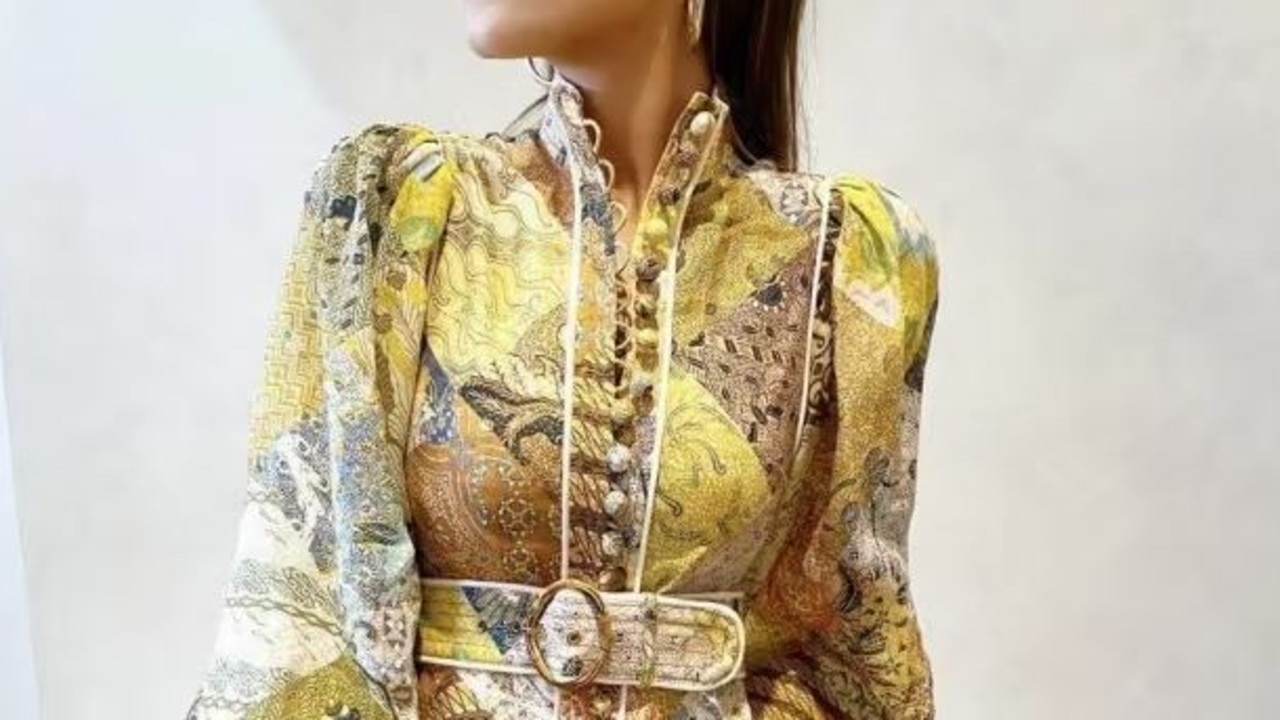The world’s largest designer fashion rental marketplace has put its reputation on the line to test the success of its radical business model.
Spending hundreds of dollars to wear a designer dress once is a divisive topic in the social circles of Australian women, with some claiming it’s a waste of money. But with more than 250,000 monthly users, it’s hard to deny The Volte has been doing something right.
It allows customers the chance to rent a $1361 Zimmerman dress for just a 10th of the retail price.
Chief executive and co-founder Bernadette Olivier said while their customers loved wearing designer fashion at an affordable price, sustainability was always the driving force behind the platform.
Their vision was to cut down on clothing waste and give women access to beautifully crafted designer fashion minus the price tag.
After five years of dominating the peer-to-peer rental fashion market, the platform has partnered with the Centre of Excellence (COE) in Sustainable Fashion and Textiles to get the hard facts and prove how far-reaching the impacts of a circular fashion model can be.
Researchers from the University of Technology and TAFE NSW will analyse some of the 70,000 items from The Volte’s catalogue to determine how they stack up in terms of sustainability metrics.
“So many people make the assumption that fashion rental is going to be better for the environment,” COE director Lisa Lake said.
“But when you sit back and think about it, it really does depend on a range of factors.”
Some of the metrics the researchers will test include how many times the garment is rented, how far it travels, how it is laundered and what mending is taking place to extend its life.
The Zimmermann Brightside A-line mini dress has saved the equivalent of 507 trees worth of carbon after being rented just 39 times, data from carbon footprint tracker Cogo found.
“Hopefully, what we’re going to see is that the longevity is enabled by this quality construction and quality materials that have gone into these garments,” Dr Lake said.
On average, every Australian buys 56 items of clothing annually, and more than 200,000 tonnes of clothing are sent to landfill, with a huge portion of them purchased from fast-fashion outlets, according to the Australian Fashion Council’s 2023 Clothing Data Report.
“The statistics are pretty alarming in terms of how many times items of clothing are worn,” Ms Olivier said.
“But we have items that have been on the site since we launched in 2017 and still get rented today because they are amazingly well made.”
Some dresses on The Volte platform have been worn as many as 75 times.
“The people at UTS have been shocked at how well they’ve held up,” Ms Olivier said.
“But we should expect all clothing to last that long.”
Another incredible feature of The Volte is the community of female entrepreneurs – known as super lenders – who account for about 40 per cent of their lending base.
Some lenders reported making up to $6000 a week by renting out the designer dresses in their wardrobe.
“They might start off by renting their own wardrobe and then realise, ‘Oh, I’m actually making serious money here’ and will buy up multiple sizes to rent,” Ms Olivier said.
“The majority of them run their business out of their house.”
The company also recently raised capital to start paying participating designers a small royalty each time one of their designs is rented out on their website.
“They were already motivated by their own sustainability targets but now they are financially motivated to make items that are durable and made to be worn for longer,” Ms Olivier said.
The COE research is expected to be released in late 2024.
